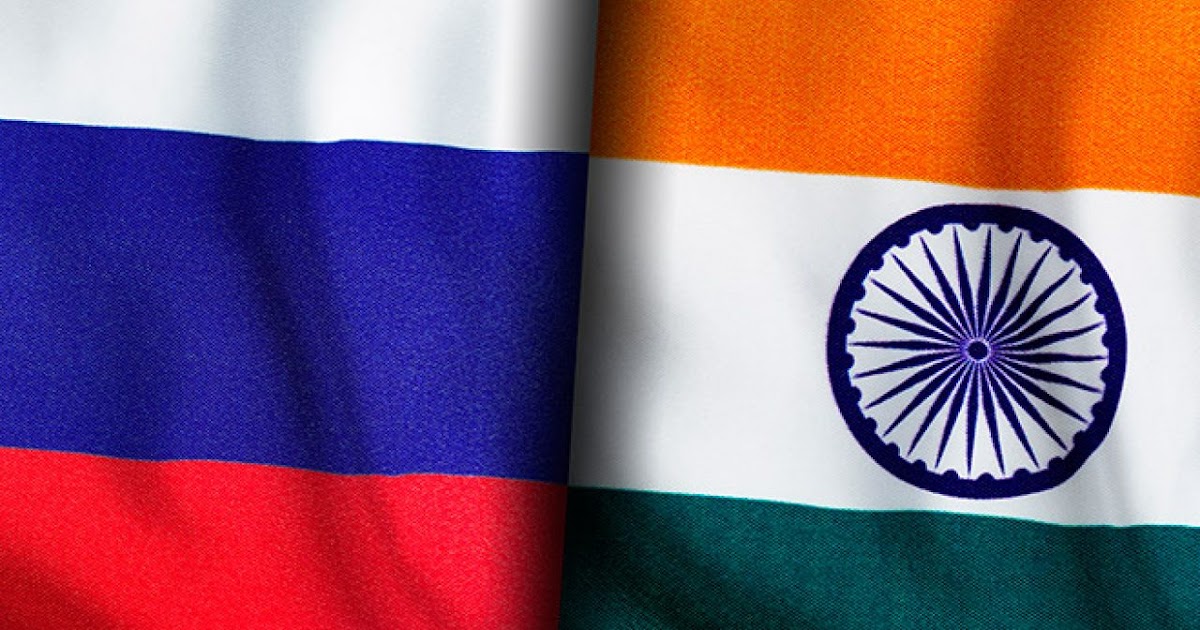
Indo-Russian relations should be handled with caution
By Vikas Gupta
Unsigned Editorial
Defence News of India, 18 Mar 22
If there is one lesson India should learn from the ongoing Russian-Ukrainian war, it is the need to deliberately diversify the sources of supply of our defense equipment. At its core, the Prime Minister’s Atmanirbhar Bharat (Self-Sufficient India) campaign is about relying only on ourselves for the weapons and equipment needed to fight and win a war. However, as complete self-sufficiency would take years to achieve, a clear intermediate objective is essential: to ensure that we are not unhealthily dependent on a single country, strategic grouping or company for our defense equipment. Our dependence on Russia goes back decades and concerns not only basic combat equipment such as rifles, tanks, infantry fighting vehicles and air defense guns, but also increasingly more for “sub-strategic” systems that integrate jealously guarded technologies. For example, India took two nuclear-powered attack submarines (SSNs) from Russia on successive 10-year leases. Russia has helped Indian designers prepare the designs for our nuclear-powered ballistic missile (SSBN) submarines. It’s something that even the United States has refused to help us with, even though Washington makes a big deal of the fact that India is America’s “primary defense partner”. Moscow’s design aid was also spent on the construction of the aircraft carrier INS Vikrant. India’s satellite navigation system, called GAGAN, benefits from access to Russia’s precision code Global Navigation Satellite System(GLONASS). The two countries jointly developed the BrahMos supersonic cruise missile, which has become a symbol of Indo-Russian cooperation.
However, New Delhi’s defense relations with Russia and Ukraine have led to a particular triangle of mutual dependence. When the Indian Air Force (IAF) wanted to get a mid-life upgrade for its fleet of Antonov-32 (AN-32) transport aircraft, it had to make arrangements with Ukraine and Russia. Indeed, Antonov is located in Ukraine, but many parts of the AN-32 were manufactured in Russian factories spread across the former Soviet Union. Eventually, Kiyiv had to set up new manufacturing units for AN-32 parts to complete the job. In another example involving Ukraine, the Indian Navy recently purchased four Krivak-III class frigates from Russia but, as they are powered by Ukrainian Zorya turbines, the deal is being delayed by kyiv’s refusal to supply the turbines to Russia. New Delhi realizes the undesirability of this heavy dependence on Moscow, but can neither maintain the relationship in its current form nor extract the Indian army from it. Given Moscow’s reliance on India buying Russian arms, it cannot be persuaded to back out of lucrative Indian tenders such as for 114 multi-role fighter jets (MRCA) or for 57 carrier-based aircraft for the Indian Navy.
Given the sensitivity that characterizes India’s growing defense ties with Washington and deteriorating ties with Beijing, any reluctance to buy Russian weapons risks making India appear as a Western ally. Moreover, given Russia’s growing proximity to China, the close ties between Moscow and Delhi give Russia the strength to keep China at bay. Russia’s state weapons program requires the development of a whole new generation of weapons systems and technologies that Moscow cannot fund alone. Moscow would prefer India to China as a co-development partner, given the latter’s worrying record of reverse engineering. Furthermore, India’s vast military needs, combined with Russia’s own modernization drive, provide the economies of scale necessary for both militaries to obtain high-tech systems at low cost. Indo-Russian defense relations must therefore be carefully managed.






